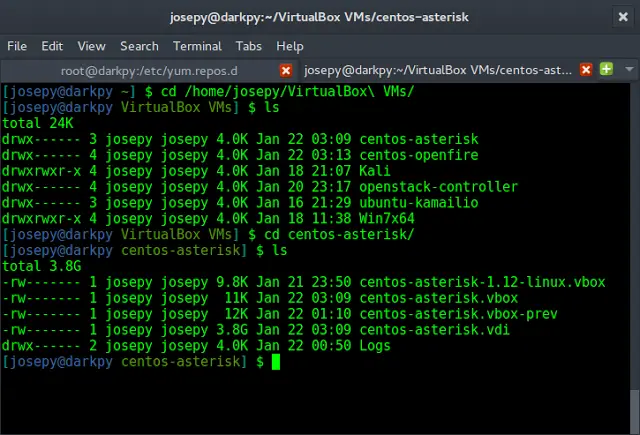In this article, we are going to build a real-time analog clock using HTML, CSS, and JavaScript.
Prerequisite:
- Basic understanding of HTML, CSS, and JavaScript.
Approach: We will create three files (an HTML file, a CSS file, and JavaScript File), we also have an image of the clock that will be used in the background, and on top of that, we will make an hour, minute, and second hand (using HTML and CSS). These hands will rotate as per the system time (we will use the predefined Date function of JavaScript to calculate the degree of rotations of each hand).
- HTML: It is a simple file having the basic structure of the webpage and ID for the clock’s body and for the second, minute, hour hands.
- CSS: The CSS is used just for making the clock actually look a bit nicer. We have basically centered our clock in the middle of the webpage.
- JavaScript: The JavaScript file will provide the logic behind the rotation of the hands.
Example:
- First, we have selected the hour, minute, and second from HTML.
- To get the current time we have used the Date() object provided by the JavaScript. This will give the current seconds, minutes, and hours respectively.
- Now, we have got our hour, minute, and second, and we know that the clock rotates 360 degrees. So, we will convert to convert the rotation of the hands of the clock into degrees. The degree calculation is based on a simple unary method.
HTML
<!DOCTYPE html><html lang="en"><head> <link rel="stylesheet" href="style.css"> <script src="index.js"></script></head><body> <div id="clockContainer"> <div id="hour"></div> <div id="minute"></div> <div id="second"></div> </div></body></html> |
CSS
#clockContainer { position: relative; margin: auto; height: 40vw; /*to make the height and width responsive*/ width: 40vw; background: url(clock.png) no-repeat; /*setting our background image*/ background-size: 100%;}#hour,#minute,#second { position: absolute; background: black; border-radius: 10px; transform-origin: bottom;}#hour { width: 1.8%; height: 25%; top: 25%; left: 48.85%; opacity: 0.8;}#minute { width: 1.6%; height: 30%; top: 19%; left: 48.9%; opacity: 0.8;}#second { width: 1%; height: 40%; top: 9%; left: 49.25%; opacity: 0.8;} |
Javascript
setInterval(() => { d = new Date(); //object of date() hr = d.getHours(); min = d.getMinutes(); sec = d.getSeconds(); hr_rotation = 30 * hr + min / 2; //converting current time min_rotation = 6 * min; sec_rotation = 6 * sec; hour.style.transform = `rotate(${hr_rotation}deg)`; minute.style.transform = `rotate(${min_rotation}deg)`; second.style.transform = `rotate(${sec_rotation}deg)`;}, 1000); |
Output: Click here to see live code output





